Magazine | Voyages
Les détroits de Bluemull et de Colgrave (îles Shetland), un « paradis » pour les eiders et les hareldes en hiver
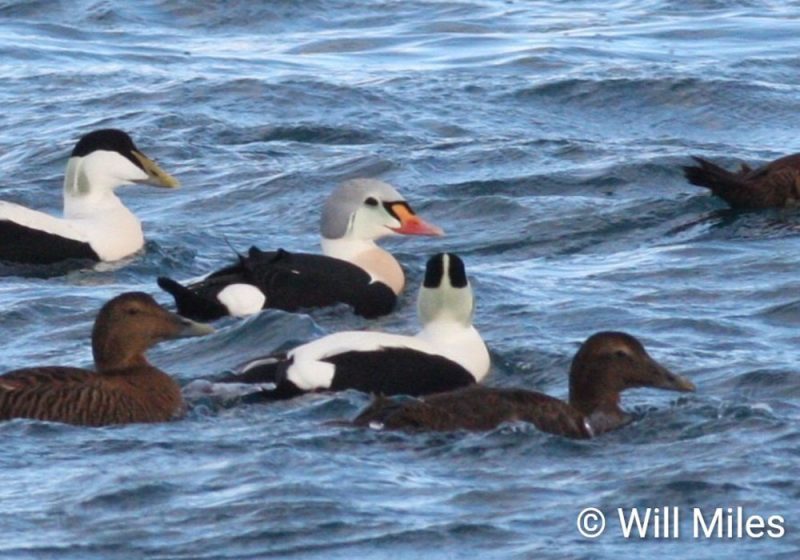
Eiders à duvet (Somateria mollissima) et à tête grise (S. spectabilis) photographiés depuis un bateau dans le détroit de Bluemull, au nord des îles Shetland (Grande-Bretagne), le 19 février 2022.
Photographie : Will Miles / Seabirds and Seals
Introduction
Les îles Shetland sont situées à l’extrémité nord du Royaume-Uni, et sont plus proches du cercle arctique que de Londres : on y trouve une combinaison de paysages, de plantes et d’oiseaux rappelant cette situation géographique. C’est encore plus le cas en hiver, quand des visiteurs venus de hautes latitudes y sont observés, comme le Harfang des neiges, le Faucon gerfaut et les Goélands bourgmestre et à ailes blanches, mais aussi des canards marins peu communs comme l’Eider à tête grise. Ce dernier est vu assez régulièrement parmi les grandes troupes d’Eiders à duvet et de Hareldes boréales qui stationnent dans les eaux qui baignent ces îles. L’un des secteurs marins plus favorables pour observer ces rassemblements est formé par les détroits de Bluemull (« Bluemull Sound ») et de Colgrave (Colgrave Sound), qui séparent les îles de Unst, de Yell et de Fetlar et qui sont inclus dans une zone de protection spéciale (« Special Protection Area ») du fait de leur grande richesse biologique.
Après une présentation des détroits de Bluemull et de Colgrave, nous évoquons les grands rassemblements de canards marins dans cette zone marine, où trois Eiders à tête grise et trois Eiders à duvet de la sous-espèce borealis sont présents en ce mois de février 2022.
Nous remercions Will Miles (compagnie Seabirds and Seals) pour ses photos.
Abstract
The Shetland Islands are located at the northern end of the United Kingdom, and are closer to the Arctic Circle than to London: their combination of landscapes, plants and birds are reminiscent of this geographical location. This is even more the case in winter, when visitors from high latitudes are observed there, such as the Snowy Owl, the Gyrfalcon and the Glaucous and White-winged Gulls, but also unusual sea ducks such as the King Eider. The latter is seen quite regularly among the large flocks of Common Eiders and Northern Ducks that park in the waters around these islands. One of the most favorable marine areas for observing these gatherings are the straits of Bluemull and Colgrave Sounds, which separate the islands of Unst, Yell and Fetlar, and which form an area of special protection (“Special Protection Area”) because of their great biological richness.
After a presentation of Bluemull and Colgrave Sounds, we discuss the large gatherings of sea ducks in this marine area, where three King Eiders and three Common Eiders of the borealis subspecies are present in February 2022.
We thank Will Miles (Seabirds and Seals company) for his photos.
Poursuivez la lecture de cet article, en vous abonnant dès maintenant !
Découvrez les Archives d’Ornithomedia.com
Pour seulement 10,00 €TTC/an (ou 6,00 € les 6 mois)
Profitez de plusieurs centaines d’articles en accès illimité et sans aucun engagement.
Compléments
Ouvrages recommandés
- Le Guide Ornitho de L. Svensson et al
- Northern Scotland, Orkney and Shetland (Carte) de Ordnance Survey
- Where to Watch Birds in Scotland de Mike Madders
Sources
- K. Smith, H. Date et J. Waggit (2021). Shetland Tidal Array Monitoring Report: Vantage point surveys. Thetys. tethys.pnnl.gov
- Scottish National Heritage (2016). Bluemull and Colgrave Sounds Proposed Special Protection Area (pSPA) – NO. UK9020312. www.nature.scot
- Brydon Thomason (2011à). The King of Eiders. Birding in Shetland. Shetland Nature. www.shetlandnature.net
- D. Suddaby, K. D. Shaw, P. M. Ellis et Keith Brockie (1994). King Eiders in Britain and Ireland in 1958-90: occurrences and ageing. British Birds. Volume : 87. Pages : 418-430. britishbirds.co.uk




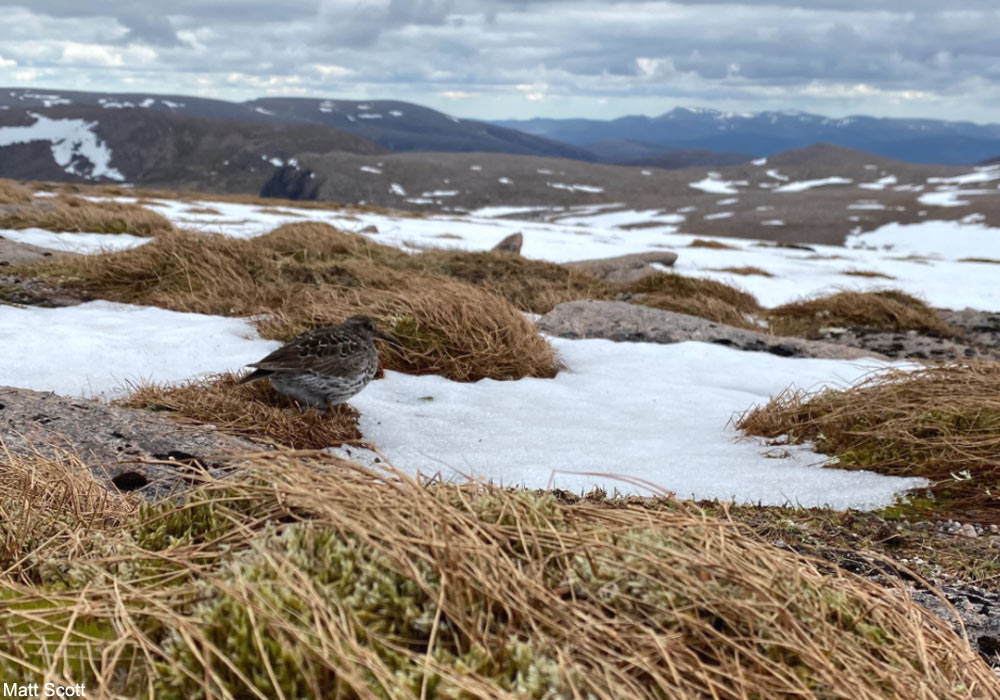
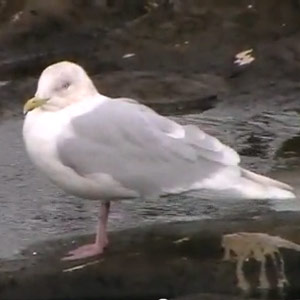
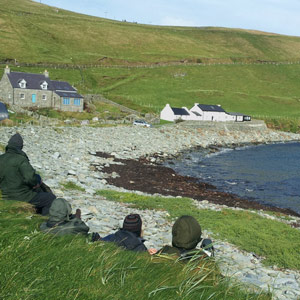
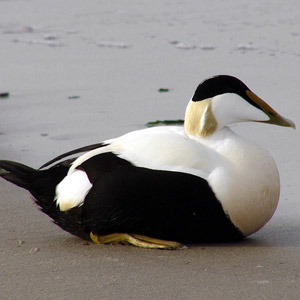

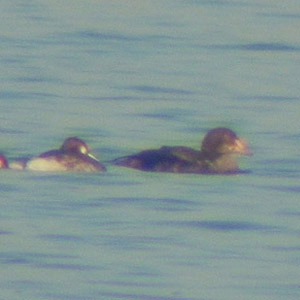
Aucun commentaire sur ce sujet
Participer à la discussion !